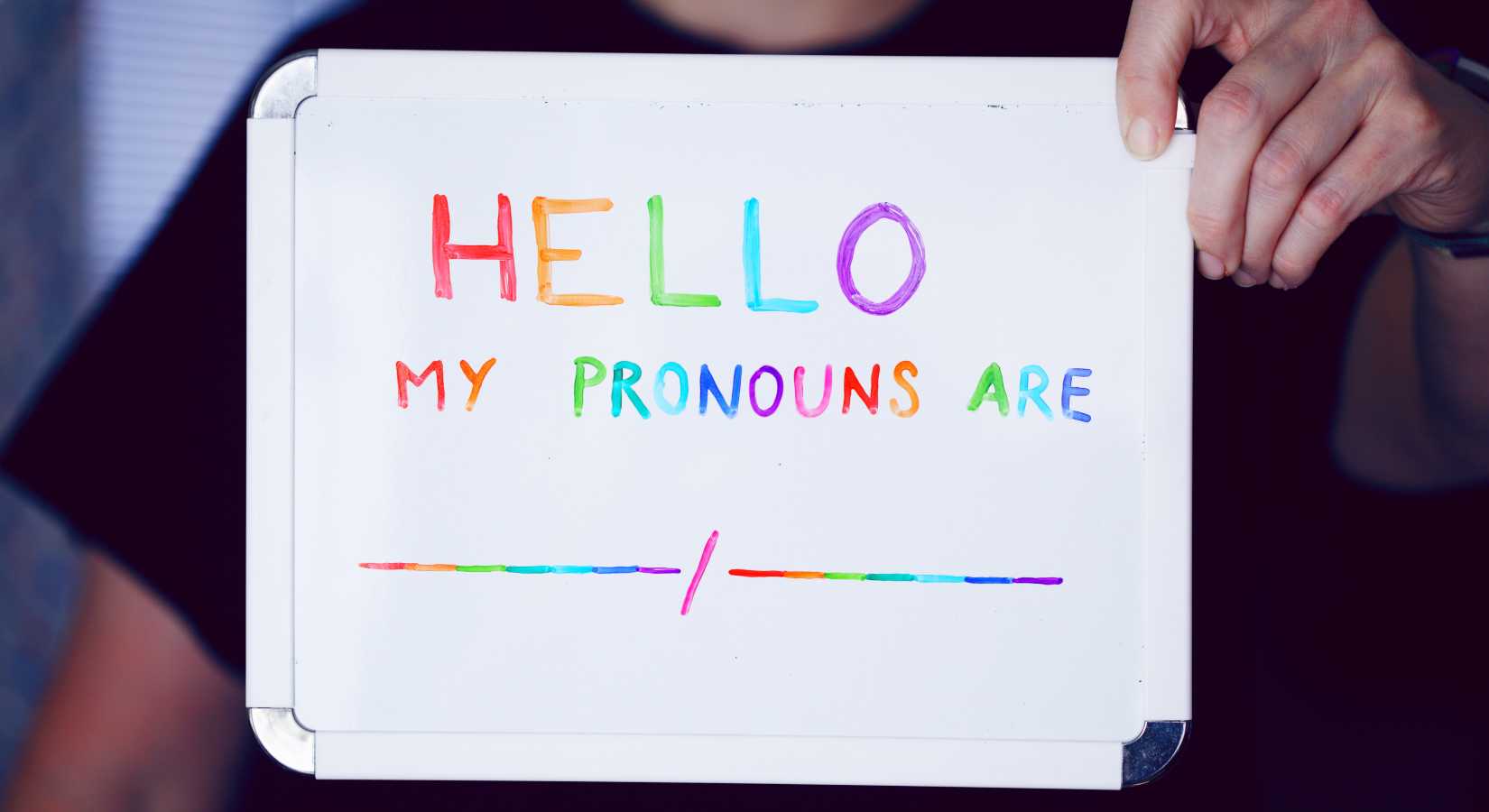Onsdag 20. oktober feiret Det amerikanske utenriksdepartementet «International Pronouns Day». Det hele ble kunngjort på Twitter.
Og departementet skriver selv på sine hjemmesider
In the United States, it’s becoming increasingly common for people to “share their pronouns.”
Third-person personal pronouns are used to describe a person or people, in American English grammar, as the subject, as the object or in the possessive.
These pronouns include the gender-neutral they/them/theirs — words that traditionally refer to a plural number but that today are used by some individuals who identify as gender nonbinary or who prefer not to share gender information. Other pronouns include the feminine she/her/hers and the masculine he/him/his. Some people are pioneering gender-neutral pronouns such as ze/zir/zirs.
Many Americans are including their pronouns on social media profiles or name tags or as part of email signatures. They state them in meetings, whether online or in person, and at other venues.
Shige Sakurai, author of the 5-year-old mypronouns.org, goes by they/them/theirs pronouns. They see sharing pronouns as a way of getting to know someone. Knowing and using someone’s pronouns avoids accidentally assuming an incorrect gender based on a name or an appearance.
“People have the opportunity then to share how they want to be referred to,” said Sakurai, also founder of International Pronouns Day. “Learning names is important too, and learning how to pronounce them correctly is important. To me, [pronouns are] an extension of that — of your name and how you want to be referred to.”
While sharing pronouns is not new — Sakurai has seen it happen in LGBTQI+ communities for more than two decades — it is becoming more common in the United States. (LGBTQI+ stands for lesbian, gay, bisexual, transgender, queer and intersex people, with the “+” signifying all the gender identities and sexual orientations that are not specifically covered by the other initials.)
Pronoun proficiency
LinkedIn, Twitter, Instagram and other social media networks give users the option to indicate their pronouns, with Pinterest soon to follow, the Thomson Reuters Foundation reports.
American society is showing acceptance of the trend. Nearly 1 in 5 U.S. adults knows someone who goes by gender-neutral pronouns, according to a survey by the Pew Research Center.
During his first few days in office, President Biden signed an executive order to prevent discrimination on the basis of sexual orientation and gender identity. “It is the policy of my Administration to prevent and combat discrimination on the basis of gender identity or sexual orientation, and to fully enforce Title VII and other laws that prohibit discrimination on the basis of gender identity or sexual orientation,” the order says.
The White House also debuted a website contact form with gender-neutral pronouns and the nonbinary prefix “Mx.” And the Department of State announced June 30 that U.S. passport forms will allow applicants to choose male or female gender, regardless of what their other documents indicate, and will eventually include an option for nonbinary, intersex and gender-nonconforming people.






